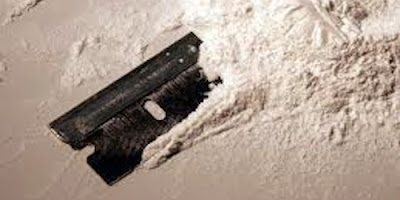Incarceration cells or jails often conjure the image of a gloomy room with one-away entry and exit that is filled with dust, dirt and odour. One is led to believe that this is as cleanest it can get. On several occasions, a prison cell becomes the scene of various bio-hazardous wastes such as sweat, faeces, urine, vomit, bodily fluids, saliva or blood.
Cleaning the aforementioned scenario is a professional task as lay people are not readily willing to help in the cleanup process. Secondly, cleaning such bio-hazardous waste is a risky affair as it is a carrier of many pathogens which can cause diseases such as AIDS, Tuberculosis and Hepatitis C. Thirdly, prompt cleaning intervention is necessary, as officials working in the prison such as policemen and staff can get infected by the exposure to these pathogens.
A thorough bio-hazardous cleaning is a must due the following scenarios, as listed below:
- The prisoners can engage in a dirty protest – a situation where by they will involve in defecating or urinating in cell quarters or themselves, as a form of fighting back. Sometimes, they might do so as a symptom of a psychological problem.
- The pathogens can lodge into cracks and crevices of the walls.
- Communal areas are being used by many inmates and can be the site for bio-hazardous wastes.
- Cleaning calls for professional intervention as health and safety regulations have to be adhered to.
- The inmates can get into fights or brawls where there can be a lot of sweat and bloodshed.
- Prison lockers need to be professionally cleaned, as pathogens can be left behind if the lockers were used to contain blood-covered objects/clues. If the lockers are used to store handcuffs that were used on suspects, then this also calls for intervention.
Bio-Cleanse provides prison decontamination services.
Visit www.biocleanse.com.au/ for more information or call us at 042 741 1789.



